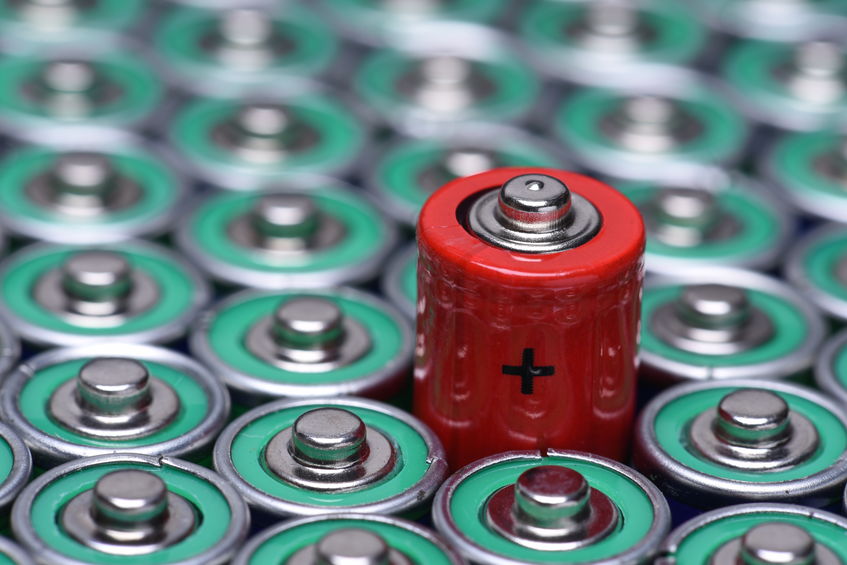While the world reels from the tragic impact of the coronavirus crisis, there are other types of viruses that may provide a dose of hope to humanity instead of disaster.
Angela Belcher, a bioengineering professor from MIT, has developed a process that uses viruses to build the positive and negative electrodes of lithium-ion batteries.
That’s right, in several years, those double A’s you pop into the remote could have had their inner parts developed by those microscopic beings that until now, have only proved a menace.
The process is similar to that of developing nanotechnology, which manipulates and assembles materials on a microscopic level. By using viruses, Belcher can, in a way, cut corners in that by using processes that are already occurring in viruses.
Belcher mainly uses the M13 bacteriophage, which thrives within bacteria.
Wired.com explains the process well:
“To conscript the virus for electrode production, Belcher exposes it to the material she wants it to manipulate. Natural or engineered mutations in the DNA of some of the viruses will cause them to latch on to the material. Belcher then extracts these viruses and uses them to infect a bacterium, which results in millions of identical copies of the virus. This process is repeated over and over, and with each iteration the virus becomes a more finely-tuned battery architect.
“Belcher’s genetically engineered viruses can’t tell a battery anode from a cathode, but they don’t need to. Their DNA is only programmed to do a simple task, but, when millions of viruses perform the same task together, they produce a usable material. For example, the genetically-modified virus might be engineered to express a protein on its surface that attracts cobalt oxide particles to cover its body. Additional proteins on the surface of the virus attract more and more cobalt oxide particles. This essentially forms a cobalt oxide nanowire made of linked viruses that can be used in a battery electrode.”
As incredible as this new technology sounds, it hasn’t come without its fair share of critics.
Bogdan Dragnea, a professor of chemistry at the Indiana University Bloomington, says: “Traditional battery manufacturing uses inexpensive materials and processes, but engineering viruses for performance and solving scalability issues will require years of research and associated costs.”
Belcher’s array of virus-related methods has not been brought to any commercial or marketable level as of yet. However, she is in the process of revealing how these technologies can be used in the energy sector.
To read more about this story, please view the article published in Wired.com.
